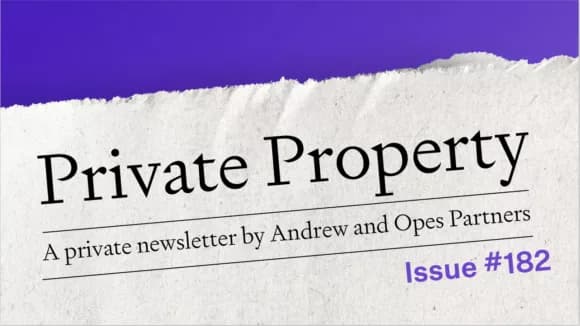
Property Investment
12 Property Predictions for 2026
Everyone wants to know what 2026 has in store for property investors. Will interest rates finally settle? Will house prices keep rising? And what should investors actually be doing right now? Here are my predictions for next year👇







